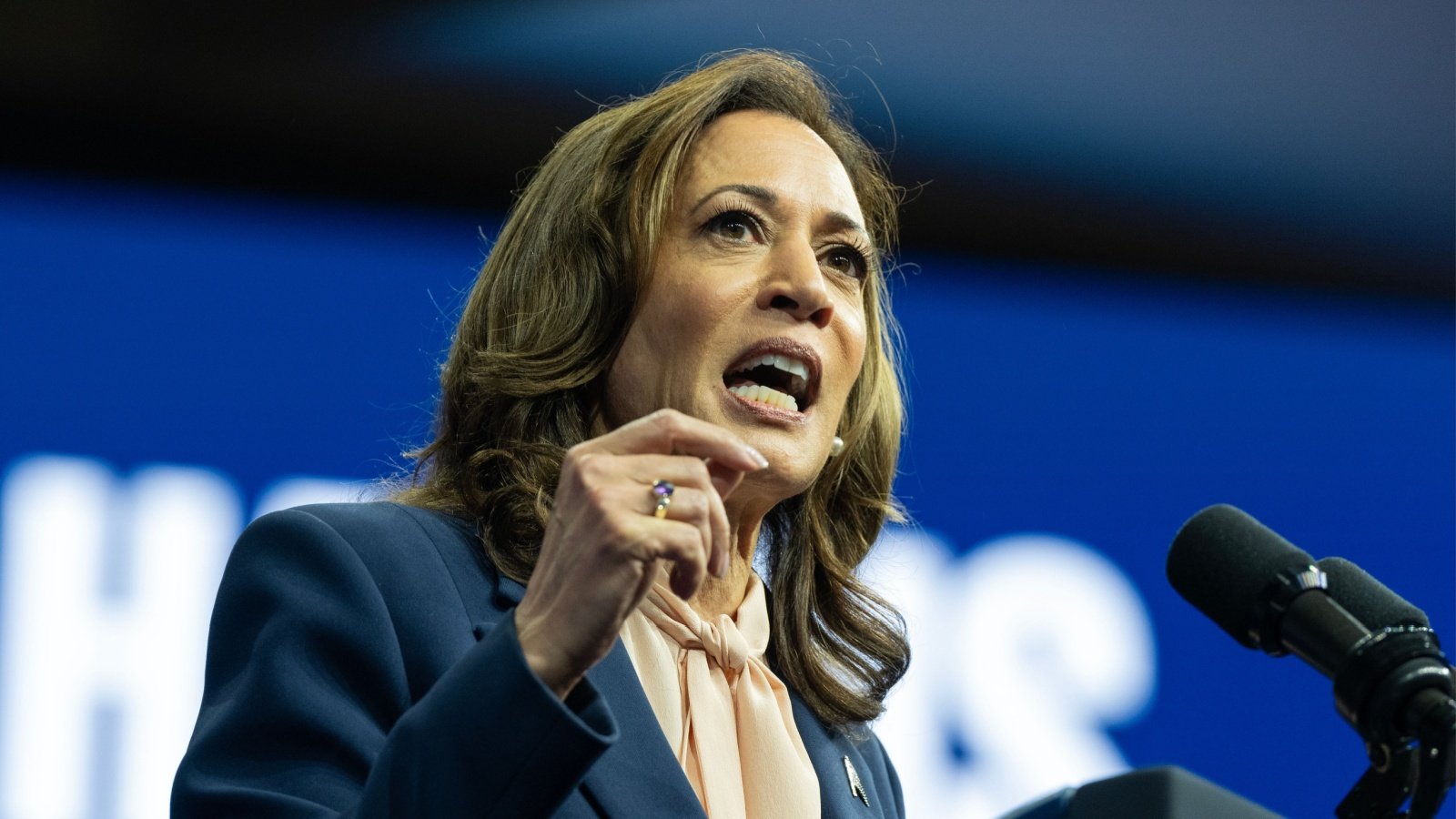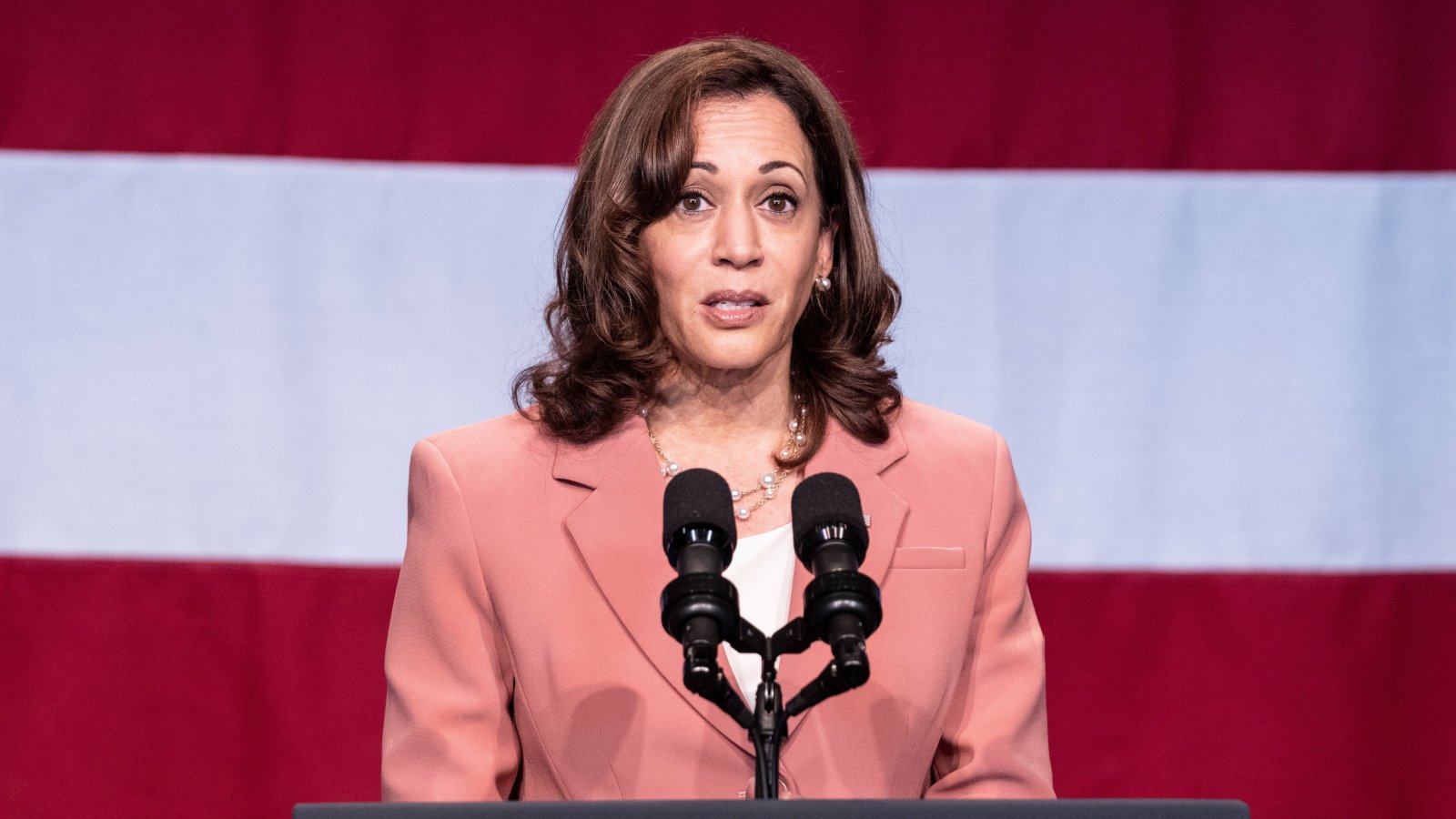The Federal Reserve experienced a setback in its attempt to manage inflation and potentially cut interest rates this spring. The February inflation landscape presented a mix of expected outcomes and undesirable deviations from projections. According to the latest report from the Bureau of Labor Statistics (BLS) of the Labor Department, the Consumer Price Index (CPI), a measure assessing the average change over time in the prices paid by urban consumers for a market basket of consumer goods and services, saw a slight upward trend owing to high relative prices for energy and shelter.
Impact of Energy and Food Prices

A significant driver of the inflation figure for the month was a 2.3% rise in energy costs. Meanwhile, food prices remained steady, showing no change from the previous month. Housing costs continued to rise, marking a 0.4% increase.
Major Contributors to CPI Increase

The report highlighted that energy and housing costs were significant contributors, accounting for more than 60% of the total CPI increase. Notably, gasoline prices surged by 3.8% on a monthly basis, and the hypothetical measurement of homeowners’ equivalent rent also saw a 0.4% rise.
Economic Analyst Insights

Corporate Economist Robert Frick notes that the consistent rate above 3%, driven mainly by shelter costs, indicates that a decrease in housing expenses may not arrive soon. He pointed out the anticipation of rising home prices and slowly declining rents.
Other Notable Price Changes

In addition to the main drivers, other sectors saw price adjustments. Airline fares increased by 3.6%, clothing prices went up by 0.6%, and used vehicles rose by 0.5%. In contrast, medical care services saw a minor reduction of 0.1% in February.
Financial Market Reaction

The inflation report had a positive effect on the financial markets, with an immediate uplift in stock averages and Treasury yields in the early trading sessions following the release.
Inflation Rate Compared to Federal Reserve’s Target

The current pace of inflation, while reduced from its peak in mid-2022, continues to significantly exceed the Federal Reserve’s 2% target. This situation sets the backdrop for the central bank’s forthcoming policy meeting, in which it is now unlikely to see a reduction in the interest rate.
Federal Reserve’s Stance

The Federal Reserve has recently communicated a balanced approach towards future rate cuts, indicating a preference for a cautious unwinding of current rates. This approach seeks to ensure confidence that inflation is on a downward trend towards their target. The recent report upsets anticipation of a rate cut at the next meeting.
Economic Resilience and Concerns

The U.S. economy’s resilience, particularly highlighted by a strong labor market, has been a silver lining. Preliminary data suggests a continuation of this trend with a 2.5% growth rate in 2023 and expectations of similar growth in the early part of 2024.
Housing Costs as a Persistent Concern

However, housing costs remain a central concern in the inflation narrative. Despite expectations for rental prices to decrease throughout the year, the slow pace of decline, especially in the CPI’s measurement of owners-equivalent rent, suggests enduring inflationary pressures in this sector.
Labor Market and Economic Growth

The labor market’s strength, evidenced by the addition of 275,000 nonfarm jobs in February, has been a key factor in the economy’s ability to withstand higher interest rates. However, the skew towards part-time positions and a slight increase in the unemployment rate to 3.9% adds complexity to the economic outlook.
Monthly and Annual CPI Increase

The CPI rose by 0.4% over the month and exhibited a 3.2% increase compared to the same month in the previous year. These figures met monthly expectations and slightly exceeded the annual forecast, which was pegged at 3.1% by Dow Jones consensus.
Core CPI and Exclusions

Focusing on the core CPI, which excludes the volatile food and energy sectors, there was also a 0.4% increase for the month. Annually, the core CPI advanced by 3.8%, marginally surpassing the forecasts by a tenth of a percentage point.
Conclusion: Inflation and Economic Outlook

As the Federal Reserve gears up for its policy meeting, the inflation data from February presents a nuanced picture of the economic landscape. With inflation rates still above the target and the economy showing signs of resilience, the path forward involves careful balancing of growth, inflation, and interest rate policies.








